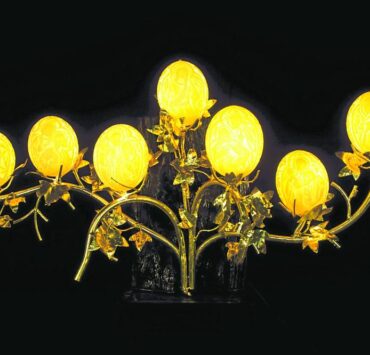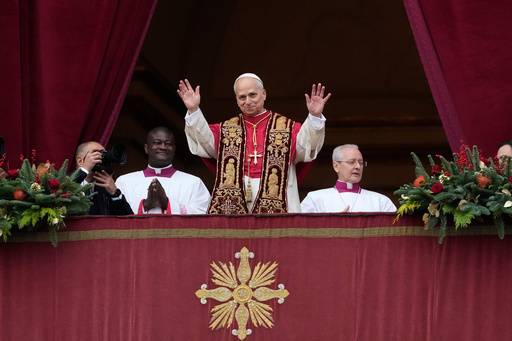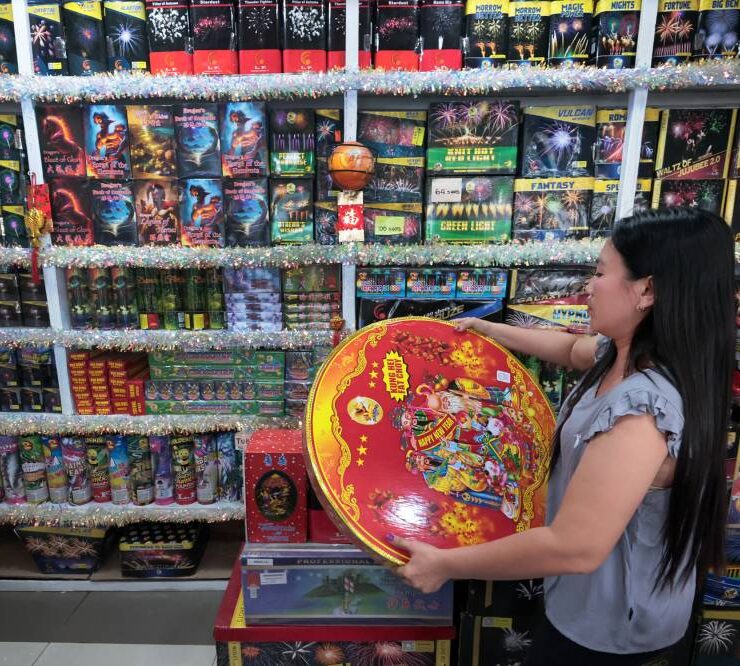Where to address concerns on heritage
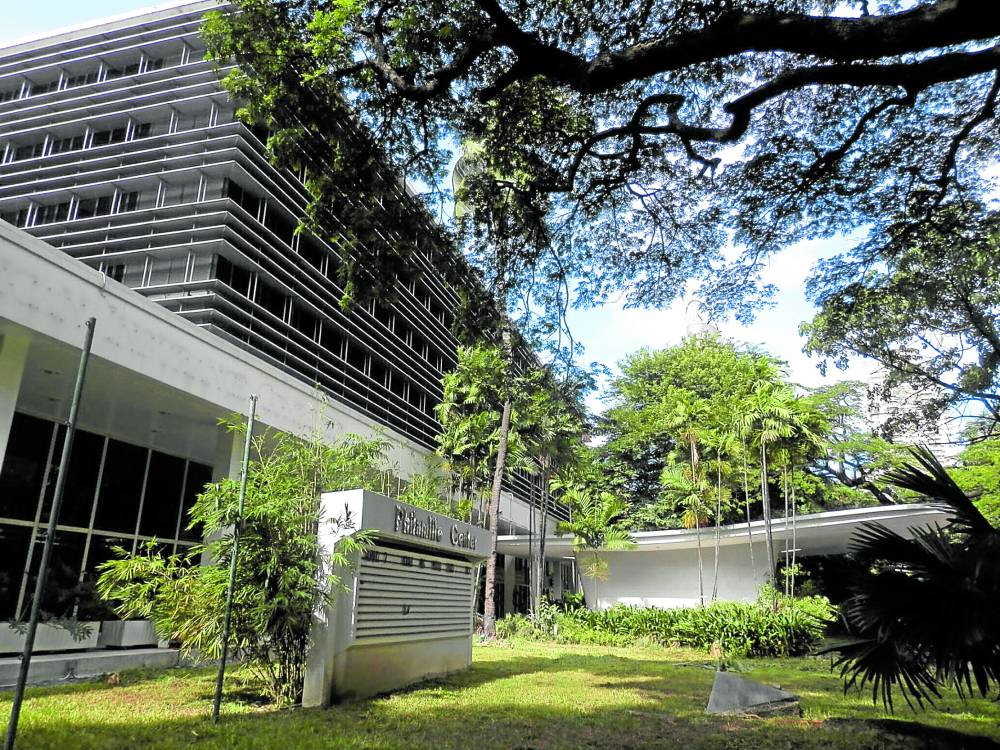
With persistent issues cropping up related to heritage conservation issues and controversies, the National Commission for Culture and the Arts (NCCA) has set up its Cultural Properties Regulation Division (CPRD) to attend to concerns relating to the country’s cultural patrimony.
This was done following the passage of Republic Act No. 11333 or the new National Museum Law in 2019 which, among others, transferred its regulatory functions to the NCCA, and Republic Act No. 11961, a law passed in 2023 that amended Republic Act 10066 of the National Cultural Heritage Act of 2009.
CPRD was previously part of the National Museum, but was recreated at the NCCA to operationalize “the transferred regulatory functions of Republic Act No. 11333 and ensure the continuous implementation of RA 10066.”
This department has four sections, which include the Permits and Licensing Section, tasked to issue export permits and collect fees for dealers of cultural properties; and the Enforcement Section, handling the regulation of excavation, exploration and treasure-hunting activities to ensure that the country’s historic, anthropological and archaeological sites are safeguarded.
The latter is also tasked to enforce and ensure that local and international laws on heritage protection are followed, and to partner with other cultural agencies and site managers on the conservation and management of world heritage sites in the Philippines.
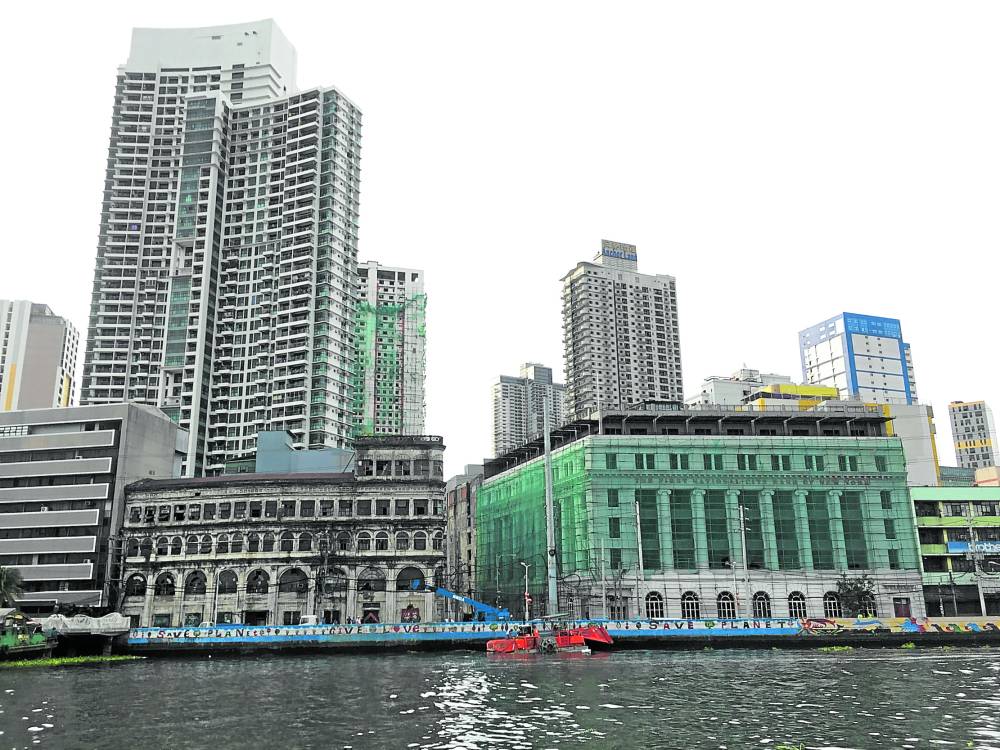
Another section is the Declaration and Public Heritage Section, which manages all concerns related to heritage; concerns and other matters on declared National Cultural Treasures, Important Cultural Properties and those presumed important; and the protection of heritage sites or structures against unauthorized interventions.
Registry of Heritage
The last section, Philippine Registry of Heritage or Talapamana ng Pilipinas, handles all information on the country’s significant cultural heritage properties.
In addition, the NCCA’s jurisdiction also covers works by national artists and Manlilikha ng Bayan.
However, all issues or concerns on the preservation, restoration and conservation of historic sites or resources should be addressed to the National Historical Commission of the Philippines (NHCP).
Also under NHCP’s watch are works of national heroes, marked structures, declared National Historical Landmarks and National Shrines, and structures that are presumed important or those that are at least 50 years old.
The National Museum takes “the lead in the study and preservation of the nation’s rich artistic cultural heritage, in the reconstruction and rebuilding of our past, and the development of the national cultural wealth,” while the National Archives is tasked with the safekeeping and protection of archival materials or documents that are at least 50 years old.
In a statement released by the NCCA, the agency said, “Through laws like RA 10066 and the dedicated work of divisions such as the CPRD, we strive to protect our cultural legacy for future generations … We invite all stakeholders to join us in this noble endeavor, ensuring that our heritage continues to inspire and enrich our nation.”















